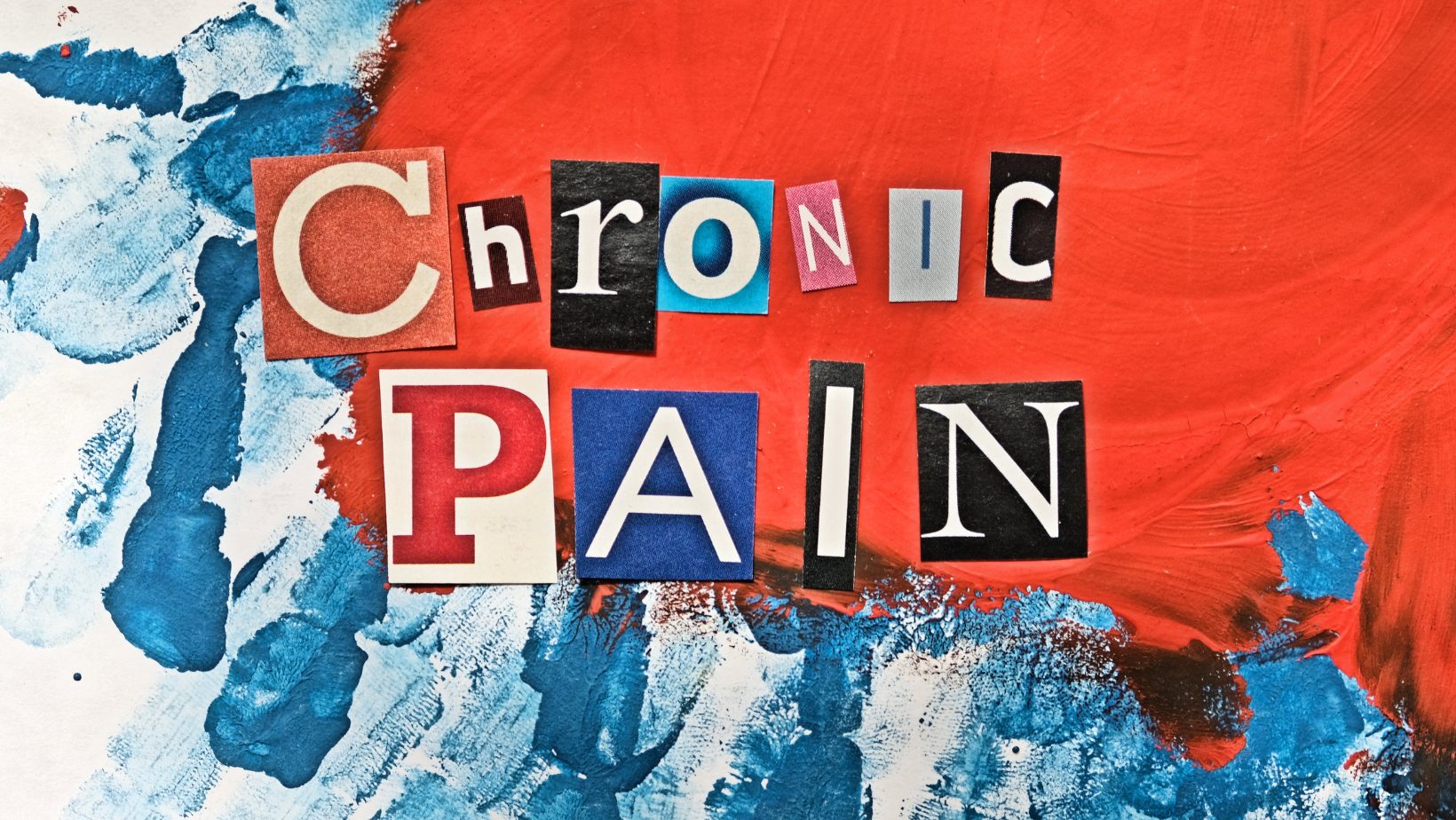
Living With Chronic Pain: Strategies for Coping and Thriving
Living with chronic pain can be a daunting and overwhelming experience, affecting every aspect of one’s daily life. It can be difficult to manage the pain on a regular basis, especially when it limits your ability to do what you love or even perform routine tasks.
Chronic pain is a condition that affects millions of people worldwide, and it can have a significant impact on one’s physical, mental, and emotional well-being. It is important to find strategies that help you cope and thrive despite the pain. Visit Aurora Neuragenex clinic to explore personalized treatment options for your chronic pain.
In this blog post, we will explore practical and effective tips and strategies to help you cope with chronic pain:
Understanding Your Pain Triggers
Pain triggers are events or circumstances that can exacerbate your pain and make it harder to manage. Identifying your pain triggers can help you avoid them or develop coping strategies to deal with them when they occur. Pain triggers can be physical, such as overexertion, or emotional, such as stress or anxiety.
By understanding your pain triggers, you can take steps to manage them and reduce the impact they have on your life. This can include activities such as mindfulness, relaxation techniques, and exercise, as well as seeking support from healthcare professionals or support groups.
Developing a Support Network
Developing a support network can be a valuable tool in coping and thriving with chronic pain. This network can include family, friends, healthcare professionals, support groups, and even online communities. Having people who understand and empathize with your pain can provide a sense of validation and comfort.
They can also offer practical support, such as driving you to appointments or helping with household tasks. Additionally, healthcare professionals and support groups can provide education on pain management techniques and connect you with resources to improve your quality of life.
Mindfulness and Meditation Techniques
These techniques focus on developing a greater awareness of your thoughts, feelings, and physical sensations, and learning to observe them without judgment or reactivity. This can help you to reduce stress and anxiety, which can exacerbate pain, and can also help you to develop greater resilience in the face of pain. If you are interested in learning more about mindfulness and meditation techniques, there are several resources available, including books, online courses, and local classes and workshops. It is important to find a technique that works for you and to incorporate it into your daily routine to experience the full benefits.
Incorporating Low-Impact Exercise Routines
Low-impact exercises are defined as activities that put minimal stress on the joints and muscles, making them ideal for those with chronic pain conditions. Examples of low-impact exercises include swimming, walking, yoga, and cycling. These exercises can help maintain joint flexibility and muscle strength while reducing pain and stiffness.
It’s important to consult with a healthcare provider before starting any exercise routine to ensure it’s safe and appropriate for your specific condition. By incorporating low-impact exercises into your routine, you can improve your quality of life and better manage chronic pain.
Seeking Professional Help and Treatment
Consulting with healthcare professionals, such as primary care physicians, pain specialists, physical therapists, and mental health providers, can provide individuals with the knowledge and resources necessary to manage their pain effectively. Treatment options may include medications, physical therapy, acupuncture, cognitive-behavioral therapy, and other interventions tailored to an individual’s specific needs. Seeking professional help and treatment can assist individuals living with chronic pain in improving their quality of life, reducing pain and discomfort, and enhancing their overall well-being.
Conclusion
Living with chronic pain can be a difficult and isolating experience. However, by implementing various strategies for coping and thriving, individuals can take control of their pain and improve their quality of life. From developing a consistent self-care routine to seeking support from loved ones and healthcare professionals, there are many ways to manage chronic pain and maintain a sense of hope and resilience.
Ultimately, it is important to remember that every person’s pain journey is unique, and finding what works best for you may take time and patience. With dedication and perseverance, though, it is possible to not just survive, but thrive, while living with chronic pain.

Comments are closed.